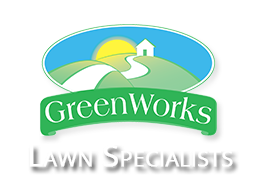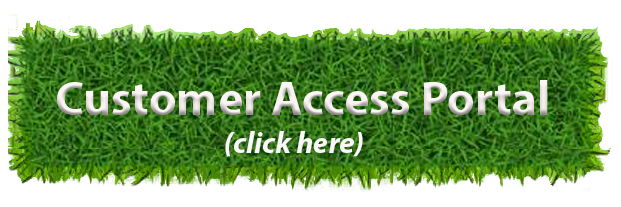That depends on your definition of “significant!” Overall, it pays to go green!
According to a study published in the Journal of Urban Economics, with every 10 per cent increase in energy efficiency, a home’s market value increases by approximately 2.2 per cent. In another set of studies, the government-backed energy efficiency experts at Energy Star found that their certified homes in Maryland sold between 2012 to 2015 had a two to five per cent sales price increase, simply because they were deemed energy efficient.
This pattern has been observed across the U.S. A six percent increase was seen in the final price tags of Energy Star certified homes in Austin-Round Rock, Texas (sold 2009 to 2016), and an eight percent increase was found in select housing markets across Oregon, Idaho and Washington.

Why is this happening? To put it simply, the average home buyer has become savvier in the world of sustainability. In a report by the National Association of Realtors (NAR), it was found that 51 percent of agents interacted with clients that were very interested, or at least somewhat interested, in sustainability. In a related report by Energy Star, the stats showed that 83 percent of home buyers desired more efficient windows, 81 percent wanted more efficient appliances, and 80 percent wanted more efficient lighting.
Undoubtedly, homeowners have come to understand that energy-efficient upgrades translate into lower energy costs. According to the U.S. Department of Energy, the average family spends approximately $2,200 annually on energy bills. Thirty percent of that cost can be removed just like that through energy-efficient home modifications.
That being said, the increase in demand for sustainable homes and home upgrades may also be driven by a sense of personal responsibility. A sweeping study by Simon-Kucher & Partners covering 17 countries and 10,000 participants revealed that a significant paradigm shift in purchasing habits was occurring. Eighty-five percent of respondents reported that they had changed their spending habits over the past five years to accommodate a greener lifestyle. In addition, one-third of the population is willing to spend more for sustainable products or services—as much as 25 percent!
If you’re feeling the same inclination, there are many ways to upgrade your home’s energy efficiency. Insulating walls is usually where people begin, but sealing air leaks (even the small ones!) with caulking, spray foam and weather stripping can save anywhere from five to 30 percent on energy. Ducts specifically are known to have leaks that can cause losses of as much as 60 percent of the heated air traveling through them. Energy efficient light fixtures, windows, doors, skylights, appliances and hot-water heaters are all available for purchase these days, and when used in congruence with a programmable thermostats and smart-device timers, you can save a surprising amount of money in energy savings by the end of the year. [GWL]


